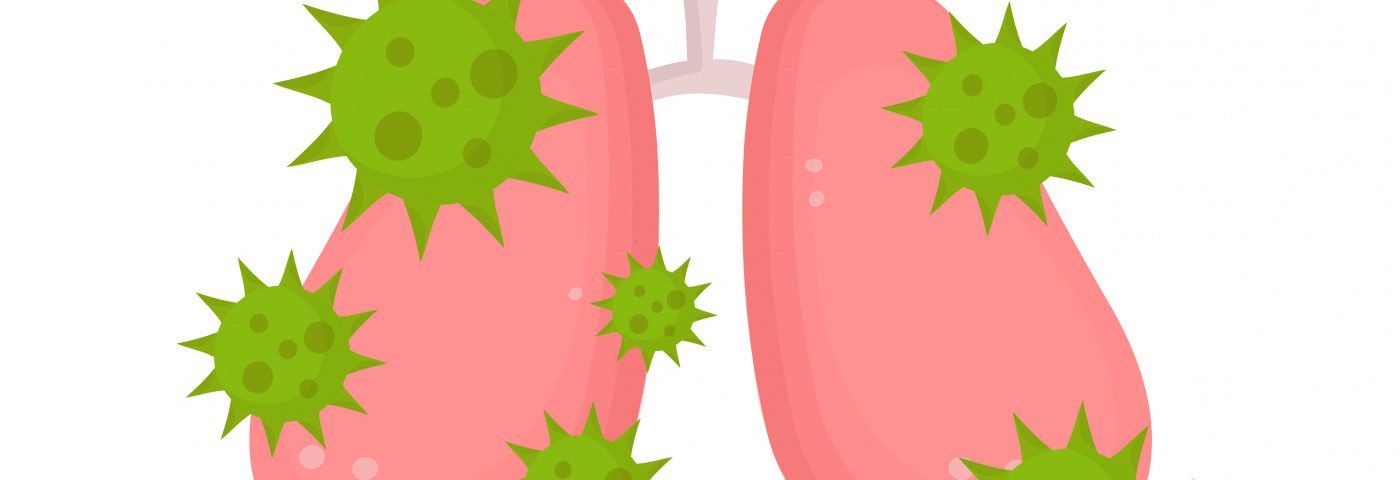The presence of a rare bacterial infection plus COVID-19 was described for the first time in a young bronchiectasis patient with vitamin D3 deficiency, a case study reported.
The patient was successfully treated with a combination of anti-viral therapies, antibiotics, vitamin D supplementation, and supportive intensive care unit (ICU) care.
But investigators recommended larger studies be done to investigate co-infections in COVID-19 patients with bronchiectasis.
The study, “Co-infection of SARS-CoV-2 and Bordetella bronchiseptica in a young man with idiopathic non-cystic bronchiectasis and vitamin D3 deficiency,” was published in the journal Respiratory Medicine Case Reports.
Bronchiectasis is characterized by progressive inflammation, scarring, and dilation of the airway structures (bronchi) that conduct air to the lungs.
These alterations result in airway obstruction and poorer mucus clearing, making patients more susceptible to infections, including bacterial infections. They also are more susceptible to infections by the novel SARS-CoV-2 virus — which causes COVID-19.
However, information on co-infections in COVID-19 patients with underlying lung conditions, such as bronchiectasis, is limited.
Now, researchers at the King Saud Medical City, in Saudi Arabia, reported the case of a 30-year-old man with bronchiectasis and vitamin D3 deficiency who developed a rare co-infection of Bordetella bronchiseptica and SARS-CoV-2.
The patient was admitted to the emergency department due to a recent fever, cough, chest pain, shortness of breath, and loss of sense of smell.
A physical examination demonstrated evidence of fluid in the tiny air sacs in the lungs, called alveoli. His blood oxygen saturation was 65% breathing room air, in which 90% or higher is normal. The man was given oxygen supplementation, which increased his oxygen saturation to 82%.
A chest X-ray confirmed the liquid in the man’s lungs, and soon after, his oxygen saturation dropped to 55%; he was connected to mechanical ventilation. Nasal swab tests confirmed a SARS-CoV-2 virus infection.
While heart and most blood tests were within a normal range, levels of markers in the blood for inflammation and infection were all high, including white immune blood cells, C-reactive protein, and ferritin, a blood protein that contains iron.
CT scans revealed a portion of the left lung showing signs of bronchiectasis. As such, he was admitted to the COVID-19 designated ICU.
The patient was tested for other viral and bacterial infections, and supportive ICU care was given along with various medications, including antivirals and antibiotics. After three days in the ICU, his lung function did not improve.
The microbial tests confirmed a second infection of a bacteria called Bordetella bronchiseptica, and as such, he was treated with the antibiotic doxycycline for about two weeks.
A blood test also found he was deficient in vitamin D, which can be low in bronchiectasis patients and in people not getting enough sun exposure — which was the case, as he had been on lockdown for the past three months. The patient was given a dose of vitamin D supplementation intravenously (into the vein), then a standard weekly supplement was prescribed.
The breathing tubes were removed on day 15, and by day 18, tests for COVID-19 and microbiology were negative. He was discharged from the hospital after 20 days in the ICU and continued with the vitamin D supplement prescription.
“Our patient has improved on a combination treatment of doxycycline for B. bronchiseptica, empiric therapy for COVID-19, vitamin D supplementation, and supportive ICU care,” the investigators wrote.
“This is the first reported case, to our knowledge, of co-infection of B.bronchiseptica and SARS-CoV-2 in a young patient with underlying idiopathic bronchiectasis and vitamin D3 deficiency,” they added.

